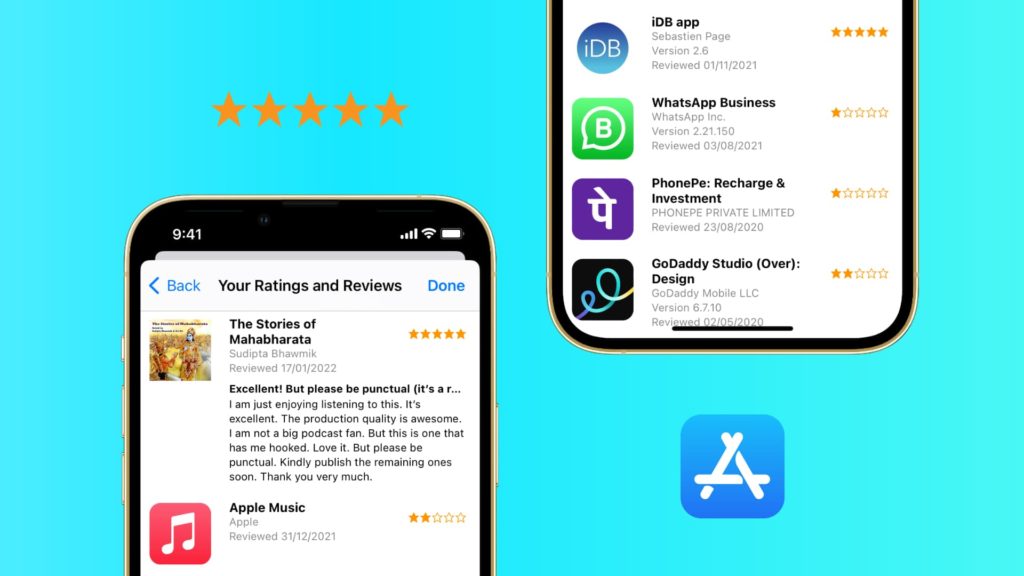
The App Store has some app guidelines for ratings and reviews, but they are not as detailed as those on Google Play. It’s important to mention is that Apple recommends asking for ratings and reviews after people use and interact with an app for a period of time. You should also avoid disturbing people by not interrupting them while actively using an app or playing games. The users can benefit by closely reading about App store review guidelines.
Despite resetting app ratings for iOS apps is possible, Apple cautions users to weigh the risks carefully because fewer app ratings will discourage users from downloading an app in the future. Lastly, Apple encourages users to report issues if they believe the app reviews they are receiving violate Apple’s Terms and Conditions.
Best Practices, App Store Review Guidelines and Tips for Managing Apple App Store Ratings & Reviews
Analyze Your Current Situation
Initially compare your current performance to that of your competitors in the same category. You can manually check how many ratings you have, what types of reviews you receive, and how frequently. You can do the same for your competitors, but App Store will not provide you with many insights. As a result, analysing your app and your competitors’ apps should always be your first step.
Improving and Asking For Ratings & Reviews
As previously stated, ratings play a significant role in ASO. The best way to obtain them is to make a proactive request for them. To increase your chances of success, consider where, when, and how you will ask users to rate your iOS app or game. You can take a more passive approach and add a button to your app that users can tap to leave a rating. A more active approach, in which you proactively push prompts to users, is more likely to result in more ratings and reviews.
How you will ask for ratings depends wholly on your development resources since you must primarily add an extra piece of code to trigger an app prompt. To determine when to launch a prompt trigger, consider the user’s actions, how long they used the app, which screens users see the most, major app updates, and so on. In short, prepare to solicit ratings and reviews before proceeding.
Manage and Monitor Ratings & Reviews
You should pay special attention to the following:
- How many ratings do you have in comparison to your competitors?
- The proportion of positive and negative reviews
- What users like and dislike about the app
- Which aspects of the reviews are addressed – technical aspects, usability, accessibility, play factor, experience, data consumption, app crashes, and so on?
- How will you respond to reviews, and how will you prioritise them?
- How will you retain dissatisfied customers?
- Ratings and review progress over time by device, app version, country, and other important app business filters
Impact of Apple Ratings and Reviews on App Store Optimization
App Store ratings and reviews have a substantial impact on app store optimisation (ASO). Positive ratings increase the rate of tap-through in search results and the rate of conversion from the app’s product page.
We’ve previously talked about how app ratings and reviews influence an app’s search performance. When ranking apps in search results, Apple’s App Store takes into account the number of ratings as well as the average rating. In simple terms apps with high ratings and positive reviews have a better chance of ranking for specific keywords in search results, improving overall visibility, product page visits, and installs.
